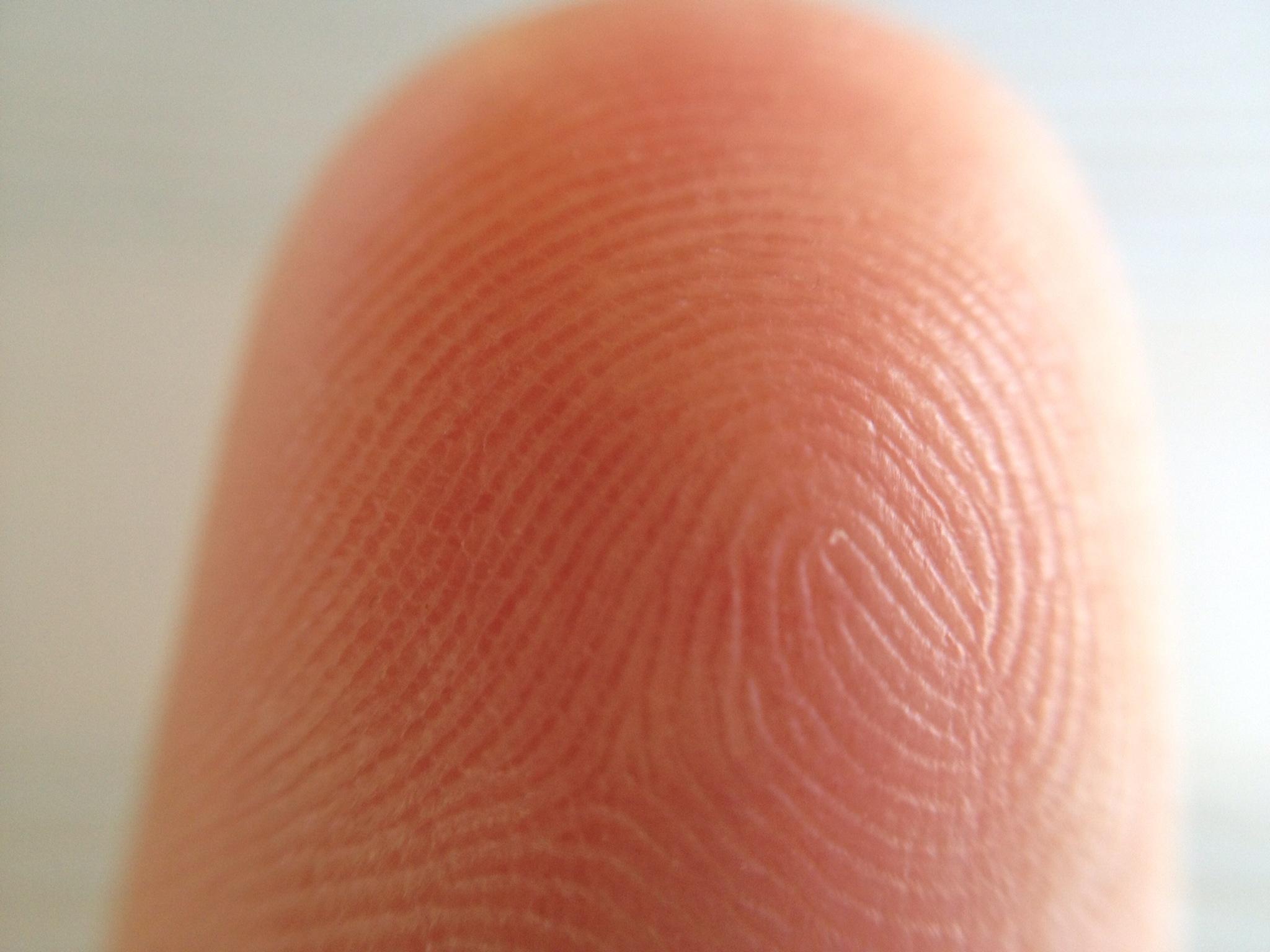A recently created ultrasonic sensor is said to eliminate the danger of unique mark acknowledgment system being “caricature” by a printed picture. Rather, the gadget pictures the unique finger impression’s edges and valleys, and the tissue underneath, in three measurements.”Utilizing passwords for cell phones was a major security issue, so we expected that a biometric arrangement was ahead,” said Professor David Horsley at the University of California, Davis.
The gadget’s causes can be followed back to 2007, when groups at the Berkeley Sensor and Actuator Center began research into piezoelectric-micromachined ultrasonic transducers (PMUTs).”We created varieties of PMUTs, alongside a custom ASIC and the supporting electronics,” Prof Horsley said. “Our work was successful to the point that we spun off Chirp Microsystems in 2013 to popularize it.”
Nonetheless, in 2011, while investigating different uses for PMUTs, it was understood that unique finger impression detecting was a perfect fit.
The essential ideas are said to be likened to those of there medical ultrasound imaging. The group made a little ultrasound imager, intended to watch just a shallow layer of tissue close to the finger’s surface. Prof Horsley said: “Transducers on the chip’s surface discharge a pulse of ultrasound and get echoes coming back from the edges and valleys of your finger impression’s surface.”
The chip is manufactured from two wafers – a MEMS wafer that contains the ultrasound transducers and a CMOS wafer that contains the signal processing circuitry. “These wafers are reinforced together, then the MEMS wafer is “diminished” to uncover the ultrasound transducers.”
The imager is controlled by a 1.8V force supply, utilizing a charge pump on the ASIC. “Our ultrasound transducers have high affectability and the beneficiary electronics are located directly straightforwardly underneath the cluster, which brings about low electrical parasitics,” Prof Horsley noted. “Low-voltage coordinated circuits will diminish the expense of our sensor and open up heap new applications, where the expense, size, and power utilization of existing ultrasound sensors are at present restrictive












